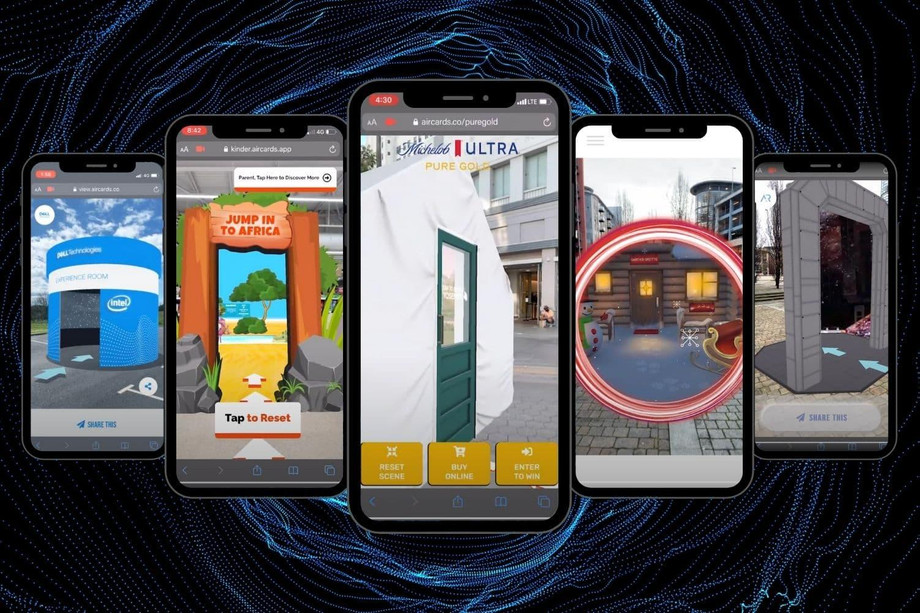Introduction
Augmented Reality (AR) has revolutionized the way we interact with digital content, blurring the lines between the virtual and real worlds. As technology continues to evolve, one of the most exciting developments is web based augmented reality. This innovative approach leverages the power of the internet to deliver AR experiences directly through web browsers, making AR accessible to a broader audience without requiring dedicated apps or high-end devices. In this article, we delve into the world of web-based augmented reality, its benefits, applications, and its potential to transform various industries.
Understanding Web-Based Augmented Reality
Web-based augmented reality refers to the integration of AR technology into web browsers, allowing users to experience augmented content on their devices without installing specialized applications. This breakthrough has been made possible through the convergence of advancements in web development, device capabilities, and AR frameworks.
How Web-Based AR Works
WebAR utilizes three primary components: the user's web browser, the device's camera, and markers or object recognition. When a user accesses a website with AR content, the web browser activates the device's camera, which captures the user's surroundings. Using markers or object recognition, the browser then superimposes virtual elements onto the real-world environment, creating an immersive AR experience.
Benefits of Web-Based AR
- Accessibility: The key advantage of web-based AR is its widespread accessibility. Users do not need to download dedicated apps, making it easier for anyone with an internet-connected device to access AR content instantly.
- Cost-Effectiveness: Developers can build web-based AR experiences that are cost-effective compared to developing standalone AR applications. This lowers the barrier for businesses and creators to enter the AR space.
- Seamless Updates: With web-based AR, updates and improvements to AR content can be instantly rolled out on the server-side, ensuring users always have the latest and most engaging experiences.
- Cross-Platform Compatibility: WebAR works across different devices and operating systems, enabling a consistent experience for users regardless of their hardware.
Applications of Web-Based AR
- E-Commerce: WebAR is revolutionizing online shopping by allowing customers to visualize products in their real environment before making a purchase. For example, customers can see how furniture fits in their homes or try on virtual clothing.
- Education and Training: WebAR has the potential to enhance learning experiences by providing interactive and immersive educational content. Students can explore historical events, scientific concepts, and more in a captivating manner.
- Entertainment and Gaming: Web-based AR games offer new dimensions of fun and interaction. Users can engage with games that integrate seamlessly with their surroundings, adding a whole new level of excitement.
- Marketing and Advertising: Brands can leverage WebAR to create captivating and memorable campaigns, engaging customers with interactive content and storytelling.
- Tourism and Exploration: WebAR can serve as a virtual tour guide, enriching the travel experience by providing information and interactive elements related to landmarks and attractions.
The Future of Web-Based AR
- Web-based augmented reality is still in its early stages, but its potential is vast. As technology continues to advance, we can expect even more sophisticated and realistic AR experiences delivered through web browsers.
- Improved AR Performance: Advancements in web technologies, like WebXR, will enable smoother and more seamless AR experiences, pushing the boundaries of what is possible.
- Integration with 5G: The deployment of 5G networks will facilitate faster data transfer, reducing latency and enabling more robust web-based AR applications.
- AI-Driven AR: AI will play a crucial role in improving object recognition and tracking, enhancing the accuracy and realism of web-based AR experiences.
Conclusion
Web based augmented reality represents a significant step forward in the world of augmented reality. By eliminating the need for dedicated apps and widening accessibility, it opens up a host of possibilities across industries, from e-commerce and education to entertainment and marketing. As developers continue to innovate and refine the technology, web-based AR will undoubtedly become a staple in our digital lives, enriching the way we interact with and experience the world around us.

